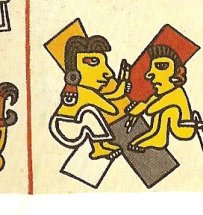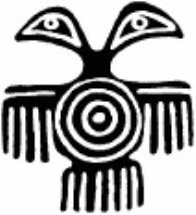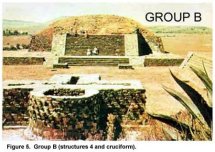|
by Gene D. Matlock
Over forty years ago, I discovered I could use linguistics to prove the Hindus and the Turks were not only the parents of Mexico, but of the whole human race. I put that information in my soon to be released book, The Open Secret of India, Israel, and Mexico -- from Genesis to Revelations! It will drastically change all our ancient and modern views of the world. This article is a 'hands--on' course for curious scholars in how I combine my modest knowledge of linguistics with archeology, to straighten up some of the major mysteries of mankind. I use a simple formula in my research: If it has the name, it must have the game. If it has the game, it must have the name. Our historians whitewash Mexico's God Quetzalcoatl as a mild--mannered humanitarian because he hated for people to get their hearts ripped out of their chests. They say little or nothing about the cult's unholy obsession for crucifying men, women, and children on crosses -- the more the better! In fact, the Spaniards claimed they had conquered the wrong Christians, not because of their religious and moral doctrines, but because of their obsession with crosses. The ancient Mexicans, as well as the Mayans, loved crosses as a favored way to torture people to death. They hung crosses as ornaments on their chests, and clothing, on the walls of their homes -- or better yet, themselves hanging from the crosses! Quetzalcoatl himself wore a robe lined with crosses. The idols in the interiors of the temples where he was worshiped were crosses as well as the paintings on the walls. The Borgia Codex shows Quetzalcoatl and other humans crucified with him. I will just present in this article, those of Quetzalcoatl and children. 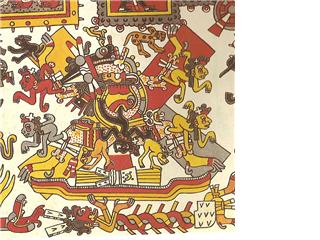
At this point, I have not yet used linguistics to prove he could have been Jesus Christ. I have just shown the game. Be patient. The name comes later. I have always said that the partially excavated ruins of Calixtlahuaca, in the state of Mexico, are the mystery center of all the Americas. As usual, the linguistically deficient archeologists gave it the wrong name. They say that Calli means house, which it does when used correctly, and that Ixtlahuaca suggests, but doesn't denote, 'plain.' Therefore, according to them, it can be translated as 'houses on the plain.' However, Calixtlahuaca, perhaps the holiest of all the other Quetzalcoatl shrines, was much more significant to the Nahuatl-speaking peoples than just 'houses on the plain.' I will start with the suffix 'huaca.' Words like huaca, waka, vaka, waka, vak, bak, etc., connote 'sacred place or holy springs/waters' in the holy centers of nearly all meso-american civilizations from Southern Arizona to South America. It derives from the Sanskrit 'deity or sacred place.' Vac or Vak was also a name of the Sarasvati river in India. A Christ symbol for even Christians is the Turkish double-headed eagle call Krishta or Cresta. The two heads symbolize the sun on its daily trajectory around the world, from east to west. It is apparent that Calixtlahuaca was dedicated to sun worship. In the main square we see a small temple shaped like a Tau cross. Small clay shards and jars having equilateral crosses painted on them, as well as Crestas are found there. 
Now that I have shown that Quetzalcoatl had both the name and the game, there is still more to come. Quetzalcoatl also told the Mexicans where he was from. 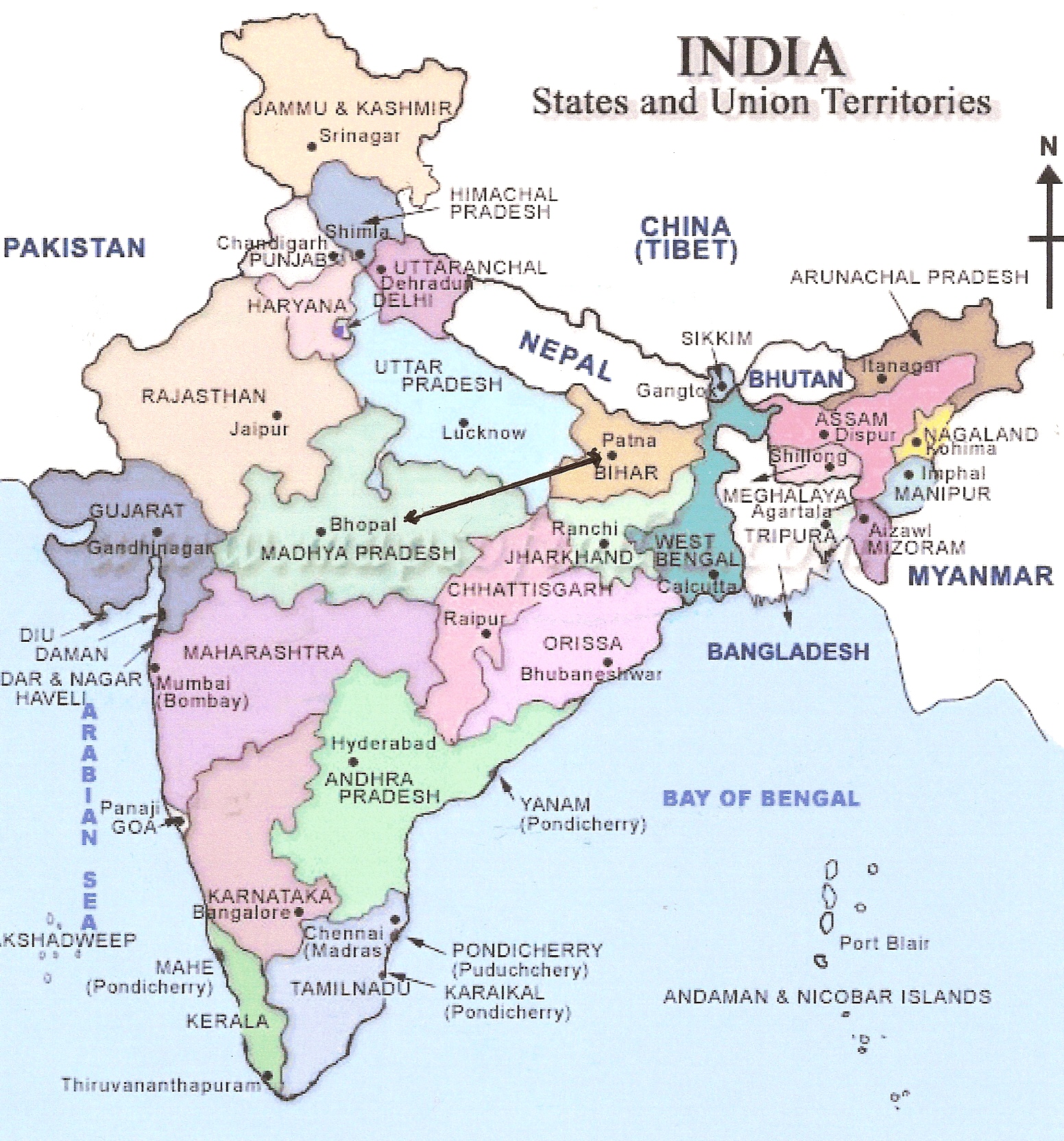 Quetzalcoatl told the Mexicans he was from Huapalcalli and Tlapallan. The cities between the line on the map of India point to the exact cities where he said he was from. Huapalcalli (Bopal-Kala), means 'Bopal Home' In India, Tlapallan was called Dhara--Palan. (There is no D or R sound in Nahuatl.) Dhara--Palan literally meant 'Palan (Kingdom) by the River (Dhara).' As a matter of fact, that river destroyed Palan in a flood. The city was then rebuilt and renamed. Quetzalcoatl's description of his homes in Central India were accurate. He gave dependable information to the Mexicans. This is valid history on which any professional historian can depend. Was Quetzalcoatl was our real Christ? You'll find the amazing and startling answer to that question, among hundreds of others, in my upcoming book. The Open Secret of India, Israel, and Mexico -- from Genesis to Revelations! will be available in Barnes and Noble and other bookstores in late March or early April of this year. This article is the last chapter of Gene's upcoming book to be released in March or April of this year: The Open Secret of Israel, India, and Mexico - From Genesis to Revelations!
Comments: |

